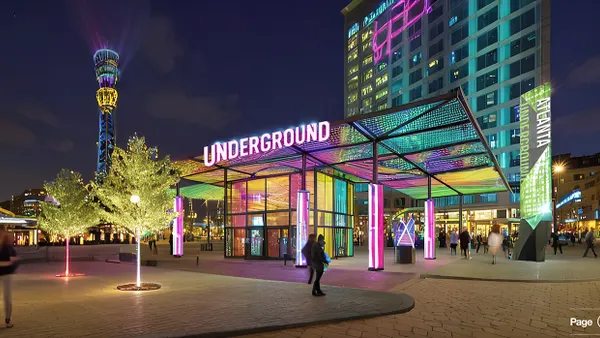Dive Brief:
-
Gas heaters in homes and buildings are “an underappreciated driver of unhealthy air quality in California cities,” according to a report out Tuesday. The appliances generate about four times as much nitrogen oxide pollution as California’s electric utilities and approximately two-thirds as much as its light-duty passenger cars, the report from environmental groups Sierra Club and RMI and public policy think tank the San Francisco Bay Area Planning and Urban Research Association stated.
-
The report comes ahead of a California Air Resources Board meeting Thursday where regulators are set to vote on a State Implementation Plan that would require zero-emissions heaters in 2030, ending new sales of gas heaters. This requirement would follow state decisions to end ratepayer subsidies for new gas line extensions and ban gas-powered vehicle sales by 2035.
-
“I think that these new rules are going to start to penetrate people’s awareness that they really do have these extremely polluting appliances sitting in their homes,” said report co-author Laura Feinstein, sustainability and resilience policy director at SPUR.
Dive Insight:
California has some of the worst-polluted cities in the U.S., with the Los Angeles-Long Beach area ranking first this year, the report says, citing American Lung Association findings. Poor air quality has disproportionately harmed the health of people with low income and communities of color.
While much of California is out of compliance with state ozone standards, CARB regulators this week plan to vote on a plan that could in part spur the market for zero-emissions space and water heaters, Feinstein said. In the past, power plants and transportation have been higher-profile culprits than heaters, she said.
“Just because we’re sort of accustomed to them, doesn’t mean they’re not causing huge problems,” she said. “It’s a huge source of pollution, it causes a lot of health problems in the state. And because it’s invisible, and because it hasn’t been the focus of regulation up to this point, people haven’t paid much attention to it.”
Today, the electrification of gas appliances in the home is top of mind for health professionals, not just environmental advocates. For example, the American Medical Association formally acknowledged this year that household air pollution from cooking with a gas stove increases the risk of childhood asthma.
CARB has an important opportunity to advance environmental justice, Feinstein said, noting that Black children are far more likely to get asthma than White children. “A lot of that pollution is coming from the emissions of nitrogen oxide and ozone and particulate matter from building appliances. So part of the effort of cleaning up the air in California is getting rid of polluting appliances,” she said.
To ensure a just transition to cleaner technologies like heat pumps, the report calls for policymakers to move forward with complementary equity policies in addition to zero-emission standards.












